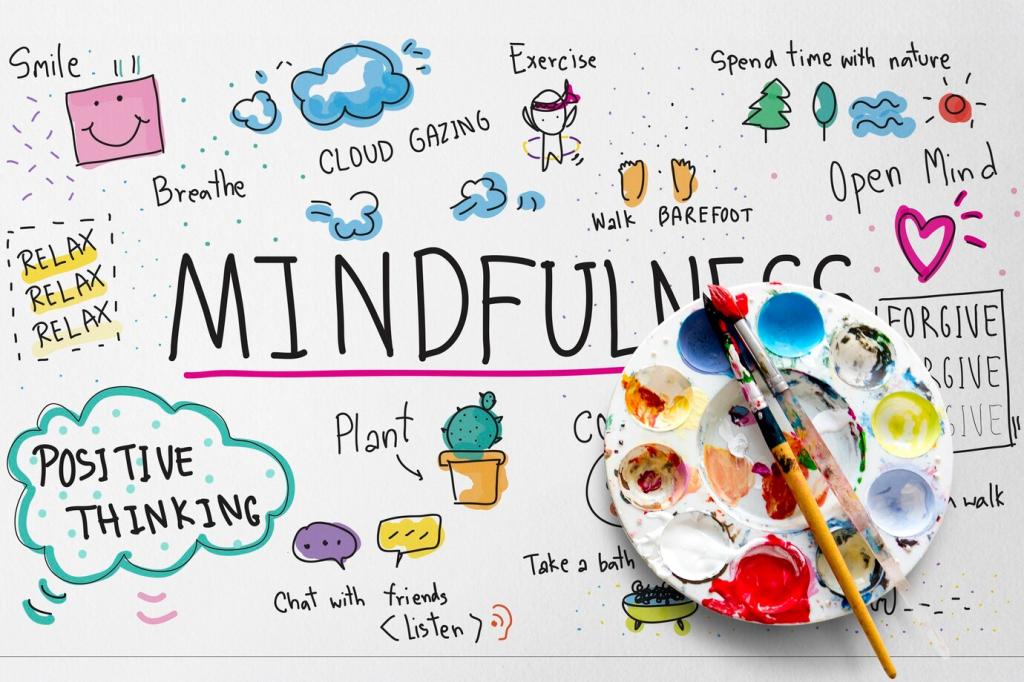A 10-Minute Focus Practice You Can Start Today
Sit upright, relax shoulders, and soften the jaw. Choose one anchor—breath at the nostrils, or the sensation of your hands. Say silently: Today I train focus with kindness. Let the guided voice invite steadiness and curiosity. If you like, place a timer and silence notifications to create a clean container.
A 10-Minute Focus Practice You Can Start Today
Follow the narration: notice the inhale, trace the exhale, feel one point of contact. When thoughts pull you away, label them gently—planning, remembering, judging—and return. The guide’s pauses are permission to rest in attention. If agitation arises, widen focus to include sounds, then calmly narrow back to breath.
A 10-Minute Focus Practice You Can Start Today
End with three deliberate breaths and a quick visualization of your next focused block. Name your first task and a micro-intention: I will begin by writing the opening paragraph. Let the guide prompt a soft smile and gratitude for your effort. Write one takeaway in a notebook, and commit to one practice tomorrow.






